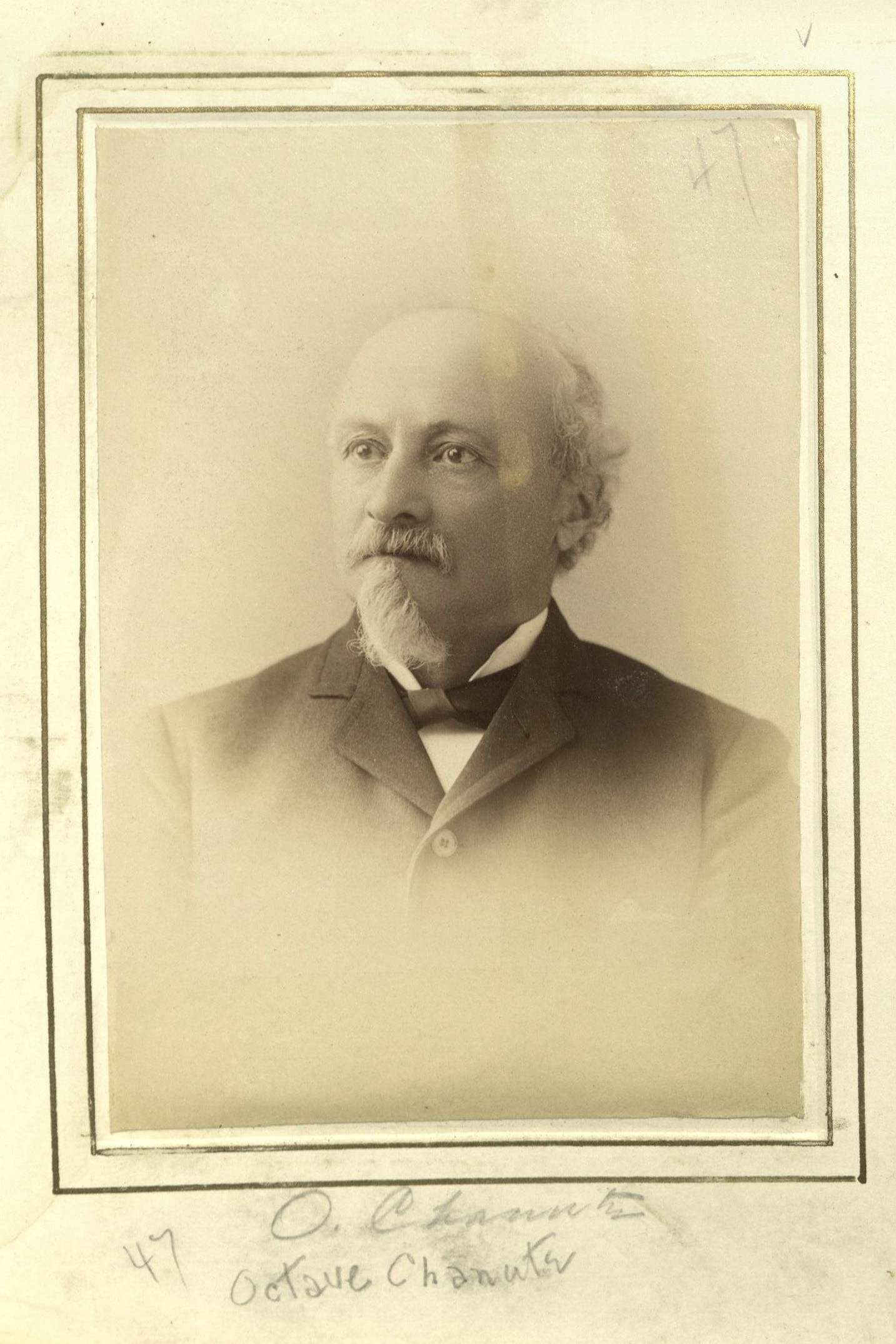Member Directory,
1847 - 1922
Thomas C. Clarke
Civil Engineer
Centurion, 1880–1901
Octave Chanute and Charles Macdonald
Newton, Massachusetts
New York (Manhattan), New York
Age fifty-three
Port Hope, Ontario, Canada

Century Memorial
Thomas Curtis Clarke, during a long life of active and energetic professional labor, earned an honorable place in the profession of engineering, which in his time developed from very humble beginnings into the structure of scientific precision that it is to-day, and which has made possible much of the varied modern progress in material achievement. Mr. Clarke was born in Quincy, Mass., in 1827. He was a direct descendant of the Thomas Clarke reputed to have been the first mate of the Mayflower, and on his mother’s side was of the family that gave to the country General Hull, his grandfather, and Commodore Hull, of the Constitution, his great-uncle. He was graduated at Harvard in 1848, and during the next twelve years he was engaged in a great variety of labor: in Alabama, on the Mobile and Ohio Railroad; in Canada, as resident engineer of the Great Western Railway at Hamilton; in the construction of the Port Hope and Peterboro Railway; in the government survey of the Ottawa River, and in the erection of the government buildings at Ottawa. His first important independent work in the United States was the bridge across the Mississippi at Quincy for the Burlington Road. This in its day was a great bridge. The science of bridge building was in its infancy, and was engaging the eager study of the ablest men in the profession, and Mr. Clarke was regarded by them as having supplied his full share.
At that time his strong point was foundation and mason work, and that done at Quincy is as sound as when it was built, and carries a heavy modern structure by which the original bridge was replaced some years ago. On the successful completion of the Quincy bridge, Mr. Clarke formed a partnership under the name of Clarke, Reeves & Company, for the design and construction of bridges. This firm existed nearly twenty years, and soon became one of the leading concerns of the country, constructing the Girard Avenue bridge in Philadelphia, the great Kinzua viaduct, a large part of the mileage of the elevated roads in New York, and innumerable smaller structures. On the dissolution of this firm in 1884, Mr. Clarke associated himself with Mr. Charles Macdonald of New York and others in the Union Bridge Company, which was one of the strongest and most prosperous organizations of the country. The men conducting it were all men of affairs and experience as well as of professional ability. Among the many important bridges constructed by the Company were the Memphis bridge, the Merchants’ bridge at St. Louis, the Cairo bridge, the Kentucky and Indiana bridge, the Thames River bridge, New London; the Poughkeepsie bridge, and the Hawkesbury bridge in Australia, a very noted structure,—the last two being designed as well as built by the Company. After his withdrawal from the Union Bridge Company, Mr. Clarke continued the practice of his profession as consulting and designing engineer, in which capacity he was engaged by the City of New York on the Third Avenue and on the Willis Avenue bridges over the Harlem River, the latter being barely completed at the time of his death. He was long an active member of the American Society of Civil Engineers and also of the Institution of Civil Engineers, London, which awarded him the Telford prize for an essay on long-span bridges in 1872.
His professional work was marked by breadth and solidity of learning, fine intelligence, and the most scrupulous care and fidelity. His capacity for sustained application was extraordinary and was maintained to the close of his life. He was elected to The Century in 1880, and found and formed here many attached friends to whom his gentle disposition, his unassuming and sound culture, his alert interest in men and letters, and his clear intelligence were sources of constant pleasure. He was fond of out-of-door sports, a devoted golf player, and an enthusiastic member of the billiard room group, which, with its varied gallery, is by some regarded as not the least of the foundations of The Century.
Edward Cary
1902 Century Association Yearbook





